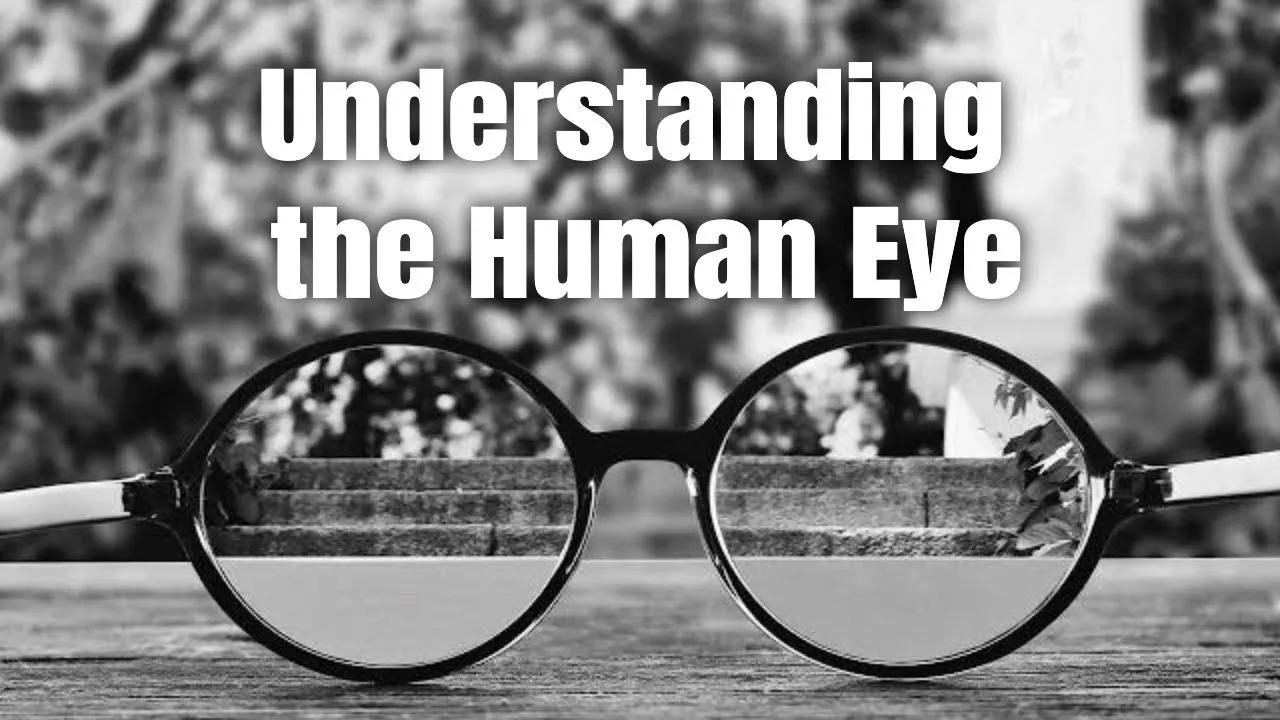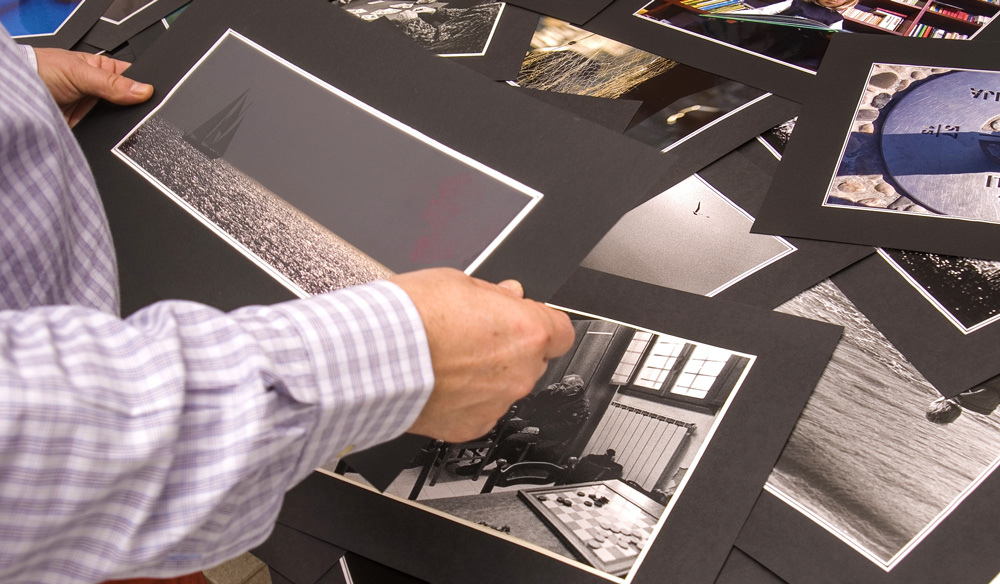There’s a piece of wisdom that circulates creative circles, and it goes something like this: You know that you’ve learned the rules when you’ve learned how to break them. What does this mean? Well, in a way, it’s kind of like a badge of experience. In any creative line of work—writing, photography, music, you name it—there exists a set of rules. These are guiding principles for that art form, things that we are well advised to follow because those who have gone before us through long years of testing have already learned that these rules are what make most pieces of art pleasing.
But notice I said, “most.” These rules are, after all, just guidelines. In most instances, they work. But sometimes, it serves us better to break them. If you’re inexperienced, it becomes hard to tell whether or not an image would be better served by breaking the rules or following them, and that’s why the common advice is to stick with the rules at all costs — because, in most cases, you’ll end up with a better photograph. But as you grow more experienced, you’ll begin to see rare instances in which the rules don’t apply. It doesn’t happen often, but when it does, if you go ahead and break the rules, you may end up with something remarkable.
To illustrate this, let me provide a few examples of rules that can be broken and when you might want to break them. By the end, I hope you’ll better understand how and when to flaunt accepted practices.
Breaking the Zone Rule
One time-honored rule is Ansel Adams’ zone system. According to this rule, photographs should be well balanced between dark and light, and numbers apply to all the shades in between black and white — zero for black, 10 for white, and middle gray sits at five. The objective, when taking black and white photographs, is to ensure that images have a range of numbered tones between zero and 10. If you accomplish this, then you’ll have a visually pleasing image with dark blacks, bright whites, and all the shades in between.
This is one rule that can be bent or broken in so many different ways. Let’s say, for instance, that you are creating a black and white photograph of a simplistic subject. The ripples in snow, a wine glass against a black background, or a white flower against a plain background. With the snow, you’re focusing on the ripples themselves and the texture of the snow—there may not be anything within the frame that is dark enough to register as black or even as darker shades of gray. And with the other two examples, you may be missing some of those mid-tones.
Should this stop you from creating the photograph? No, but be conscious that you are breaking the rules with these types of images, and be aware that in order to be able to successfully break this rule, some other part of the image needs to really stand out in order to make the image newsworthy. Make it a stellar composition, or really dig into the geometry or texture of your subject material. Showcase these things, and your rule-breaking may serve to help emphasize the message you are trying to get across.
The Dreaded Center Composition
Most photographers will caution you against placing your subject directly in the center of the frame. That’s what the Rule of Thirds is all about — lining up your subject according to imaginary third lines running horizontally and vertically through the frame. For the most part, following the Rule of Thirds makes a more interesting composition. This rule exists because these compositions tend to lead the viewer’s eye through the entirety of a frame, whereas a center composition fixes the viewer’s eye in the middle. There is less chance, with a central composition, that the viewer will explore the rest of the photograph.
And that leads me to when it’s acceptable to break the Rule of Thirds. If you don’t need to lead the viewer through the frame, if you want the viewer to lock onto the subject and not look away, then you may be better off with a center composition. When you need the viewer to look at the subject and nowhere else, or when you want the subject to be the entirety of the photograph, then feel free to break this rule.
Other Rules to Break
Of course, there are all kinds of rules that we can break if it suits our photographs to do so. Lighting rules, for instance. Sometimes, it may benefit you to deliberately overexpose or underexpose an image. And other times, you may have over or underexposed images on accident. Don’t discard these images out of hand. As the painter Bob Ross might have said, these photographs could very well be considered “happy accidents.” While proper exposure is generally more pleasing to look at, there are times when an underexposed image has just the right moody look or an overexposed image has an ethereal quality that can’t be matched.
The same goes for things like grain in our images. Most of us shudder at the mere thought of a grainy image, and we go to great lengths to avoid them. Low ISOs are just the start. If there still isn’t enough light, despite wide apertures, slow shutter speeds, and so on, then we drag out off-camera lighting to add more light to the scene. And if that isn’t enough, then we start using Photoshop and noise removal programs to get rid of that pesky noise because, in most images, it’s simply unpleasant to look at. But, on rare occasions, a noisy image might just be the way to go. You may find that it gives the image an old-fashioned, dated look, not dissimilar to the look of film grain.
And that’s what experienced photographers have learned: The rules are best followed a majority of the time. But once in a great while, breaking those rules serves the photograph better than following them. So, feel free to go against the rules on occasion — but before you do, get to know them well enough to know when breaking them is the right way to go.
Now, go and enjoy the beauty of God’s creation through your lens.




